EDITOR’S NOTE: Please be advised that this Sapporo travel guide hasn’t been updated in 2025. Prices and travel guidelines may no longer be accurate so it’s important that you verify any information before proceeding.
There are many reasons to love Hokkaido. It’s Japan’s northernmost prefecture and one of its most beautiful.
We attended the 2017 Sapporo Snow Festival and remember it fondly. Every trip to Japan is memorable but that one trip was particularly special because it was a good mix of experiences, some of which we had never had before.
It was our first time riding a snowmobile and experiencing the magic of an onsen. We enjoyed miso ramen and Sapporo beer at its birthplace and tasted jingisukan for the very first time. It also rekindled our love for skiing, something we hadn’t done in over twenty years.
And let’s not forget about the festival itself. Held every year in the first week of February, it featured large and highly detailed sculptures made of snow or ice, some of the most impressive measuring over 10 meters tall (33 ft).
If you’re planning to visit Hokkaido in winter, to attend the Sapporo Snow Festival, then this updated winter travel guide will help you plan your trip.
VISIT SAPPORO QUICK LINKS
This winter travel guide to Sapporo is long. For your convenience, I’ve compiled links to hotels, tours, and other services here.
HOTELS
Top-rated hotels in Odori, one of the most convenient areas to stay for first-time visitors to Sapporo.
- Luxury: Sapporo Grand Hotel
- Midrange: Tenza Hotel & SKYSPA at Sapporo Central
- Budget: Ten to Ten Sapporo Station
TOURS
- Sightseeing Tour: Sapporo: Private Customized Guided Tour
- Sapporo TV Tower: Sapporo TV Tower Observation Deck Ticket
- Kimono Rental: Kimono Rental in Sapporo
- Cooking Class: Cooking Classes in Sapporo
- Day Trip: Jozankei Onsen, Otaru & Shiroi Koibito Park Day Tour from Sapporo
OTHER SERVICES
- Visa Services
- Travel Insurance with COVID cover (WFFF readers get 5% off)
- Airport Transfers
- Hokkaido Rail Pass
- Japan Rail Pass
- Japan eSIM
Save This on Pinterest!
No time to read this Sapporo winter travel guide now? Click on the save button and pin it for later!
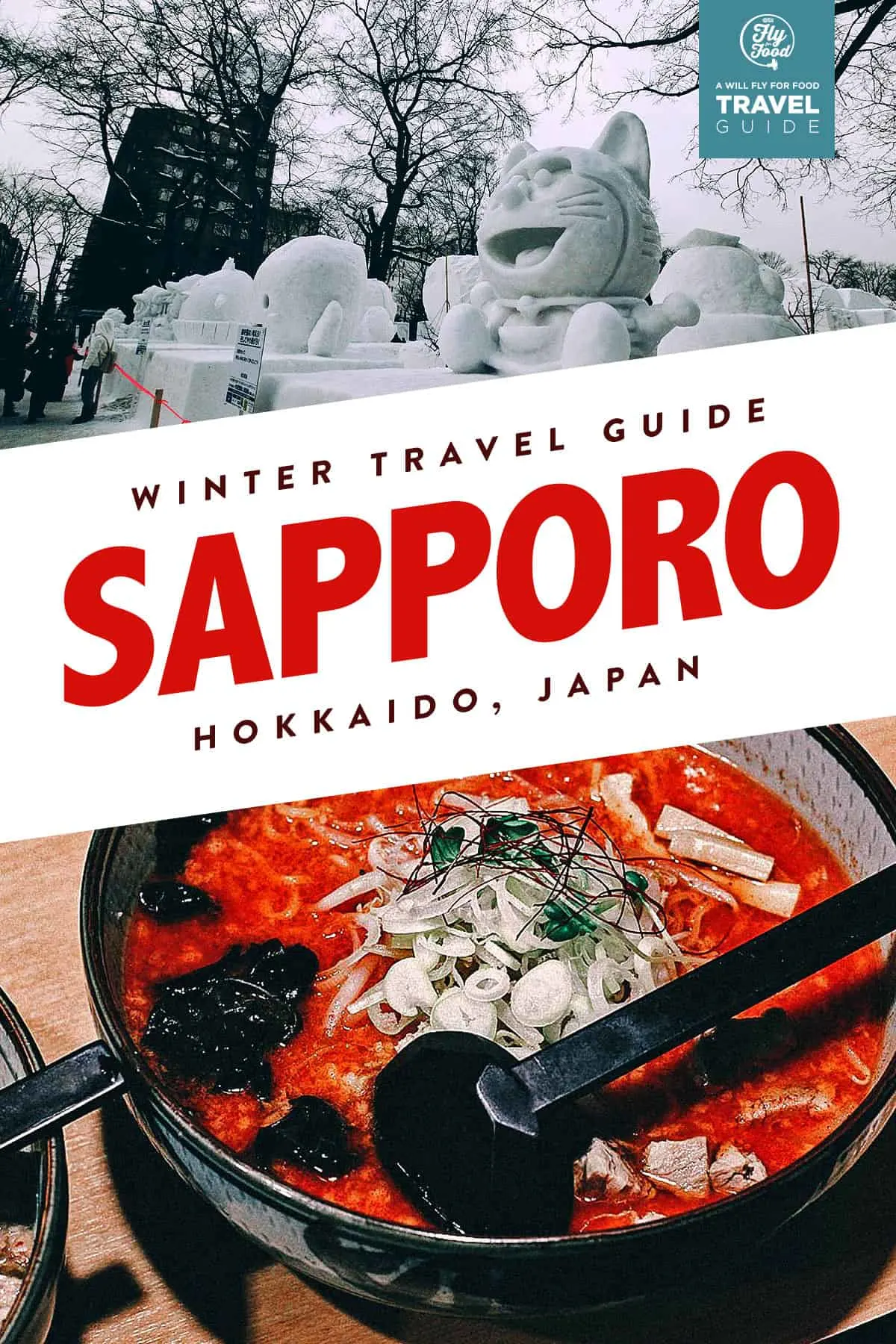
GUIDE TABLE OF CONTENTS
SAPPORO TRAVEL RESTRICTIONS
Because of the current global situation, Sapporo travel guidelines may change often. Our friends at Booking.com have created a website that includes detailed information on travel restrictions around the world.
Before planning a trip to Sapporo, be sure to check Booking.com for information on travel restrictions to Japan. If you do decide to visit Sapporo, then we highly recommend getting travel insurance with COVID coverage.
JAPAN VISA
Depending on your passport, you may need a visa and other travel documents to be allowed entry into Japan. You can check iVisa.com to learn about the requirements and to apply for a visa (if necessary).
SAPPORO AT A GLANCE
Sapporo is the capital of Hokkaido, Japan’s largest and northernmost prefecture. It’s Japan’s fifth largest city and the second snowiest city in the world, getting an average snowfall of about 4.85 meters (15.9 ft) a year.
Sapporo first garnered international attention when it became the first city in Asia to host the Winter Olympics in 1972. Today, it’s one of Japan’s most popular tourist destinations – famous for its miso ramen, Sapporo beer, and playing host to the Sapporo Snow Festival which draws in over 2 million tourists annually.
BEST TIME TO VISIT SAPPORO
Hokkaido is beautiful year-round and offers something different each season. There’s really no bad time to go but if it’s your first time visiting Sapporo, then you may want to go in winter or summer. This guide focuses on winter but I’ll talk briefly about the other seasons as well.
APR-JUN: Hokkaido is Japan’s northernmost prefecture so it’s cooler here than in the rest of the country. If you missed the cherry blossoms in warmer parts of Japan, then you can catch them in Sapporo or in others parts of Hokkaido in late April or early May.
JUL-AUG: Assuming you’ll be going beyond Sapporo, then summer is a great time to visit Hokkaido. Flowers are in full bloom, most notably lavender. Lavender has been cultivated in Hokkaido for more than half a century and the flower fields of Furano (about 2-3 hours from Sapporo) are one of the island’s biggest draws. They usually start blooming in late June and reach their peak around mid-July to early August. Lavender is the most popular but Hokkaido is also known for poppies, lilies, sunflowers, and salvias.
SEP-NOV: The island’s foliage makes autumn a wonderful time to visit Hokkaido. Throughout the island, leaves turn to brilliant hues of red, orange, and yellow. It lasts till around early November, but aim for October for peak fall colors and relatively mild temperatures.
DEC-MAR: Serious skiers and snowboarders are no strangers to Hokkaido’s snow which is said to be some of the best in the world. If you enjoy skiing, then winter is definitely the best time to go. Ski season in Hokkaido typically starts in mid-December and lasts till early April. If you’re interested in the Sapporo Snow Festival, then that happens around the first week of February every year.
We went in early February to attend the Sapporo Snow Festival. It was cold, but not nearly as cold as we thought it would be. In fact, we found early December in Seoul to be even colder. Nonetheless, be sure to pack a thick jacket, thermal underwear, a hat, gloves, and a scarf, especially if you plan on going skiing.
Climate: Annual Monthly Weather in Sapporo
To help you better understand the weather in Sapporo, I’ve included average temperature and annual rainfall/snowfall graphs below. Suggested months to visit are indicated in orange. Since the focus of this guide is on winter in Sapporo, then I’ve only highlighted February, the month of the Sapporo Snow Festival.
Average Temperature
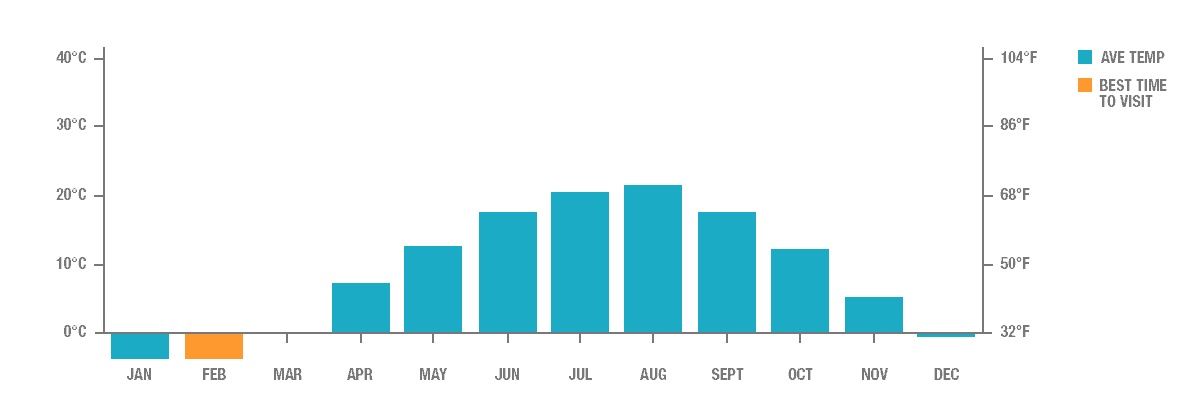
Annual Rainfall/Snowfall
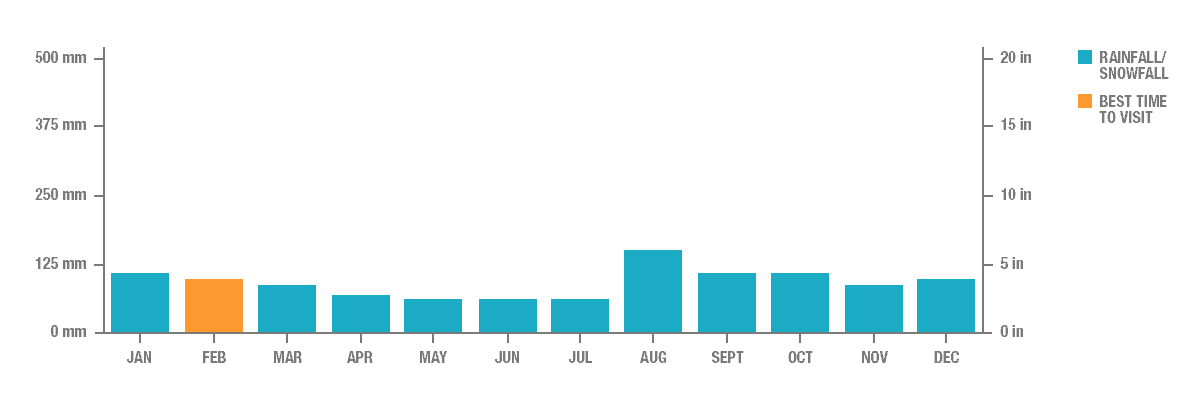
TRAVELING TO SAPPORO
Hokkaido is the northernmost prefecture of Japan and is separated from the main island of Honshu. Most travelers to Sapporo will probably be flying into New Chitose Airport (CTS). It’s the fastest and cheapest way to get there, though you can go via Shinkansen as well.
By Plane
We flew to Chitose from Fukuoka via ANA. We wanted to explore Kyushu after Sapporo so our port of entry/exit was Fukuoka. You can check Skyscanner to find flights to Sapporo from wherever you are.
You can take the metro to get to your hotel in the downtown area. You can use hyperdia.com to plan your route. If you’re traveling in a group or have a lot of luggage and would prefer to arrange for a private transfer, then you can do so through Klook or Get Your Guide.
By Train
This takes longer and is more expensive but you can get to Sapporo by Shinkansen bullet train as well. The total travel time will be over 8 hours (not counting transit times) compared to just 1.5 hrs if you fly from Tokyo.
The only time I see this making sense is if you’re getting a JR Pass and doing a multi-city tour of Japan. This will give you unlimited use of all JR national trains in Japan, including Shinkansen bullet trains and the Narita Express. You can purchase a JR Pass in 7-, 14-, or 21-day variants from Klook or Japan Rail Pass.
WHERE TO EXCHANGE CURRENCY
The unit of currency in Japan is the Japanese Yen (JPY).
Banks and post offices are the best places to exchange currency in Japan. Based on what I’ve read, people seem to prefer post offices because the transactions are faster.
I exchanged currency at a bank and the process did take some time. I had to fill a bunch of paperwork then wait for the transaction to complete. If you’re arriving in Sapporo via New Chitose Airport, then you can exchange a small amount there, just enough to get you into the city, then change the rest at a bank or post office.
Another option is to withdraw JPY from an ATM. The rates are competitive and can allegedly be even better at times. Just make sure you advise your bank that you’ll be using it abroad so you don’t run into any issues. In my experience, my ATM card works in some machines but not in others.
NOTE: Some ATM machines may ask if you’d like to proceed “with or without conversion”. Always choose WITHOUT conversion. Proceeding with conversion authorizes the foreign bank operating the ATM to do the conversions for you, usually at unfavorable rates. According to this article, the difference in rates can be as high as 10%.
BEST AREAS TO STAY IN SAPPORO
If you’re visiting Sapporo specifically for the snow festival, then the best place to stay is around Odori Park. It’s the main site of the festival and the most convenient place to be. However, the week of the snow festival is peak season in Sapporo and one of its priciest. Hotel room rates, especially around Odori Park, will be at their highest.
To help you understand where all these recommended areas are, I’ve created the color-coded map below. Click on the link for a live version of the map. (Please note that marked areas are approximations only)
BLUE – Odori
GREEN – Susukino
ORANGE – Nakajima Park
PURPLE – Kita Ward
I’ll provide targeted links under each description but you can book accommodations in Sapporo through Booking.com or Agoda.
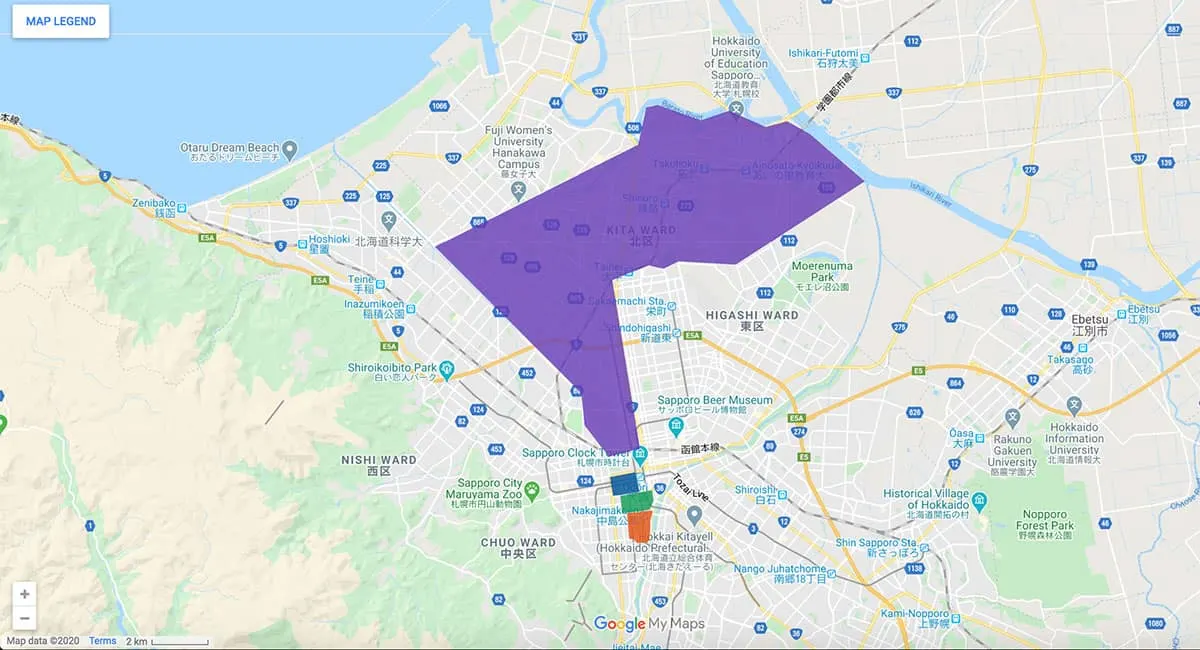
ODORI
The Sapporo Snow Festival is comprised of three sites, with the main site being at Odori Park. This is the best place to stay if you’re going to Sapporo for the festival. This is the main downtown area so there are plenty of shops, restaurants, bars, and cafes here.
If you can get a hotel room facing the park, then you’ll have a view of the snow sculptures from your room. You can search for a room around Odori Park on Booking.com.
- Luxury: Sapporo Grand Hotel
- Midrange: Tenza Hotel & SKYSPA at Sapporo Central
- Budget: Ten to Ten Sapporo Station
SUSUKINO
Susukino is Sapporo’s main entertainment hub. It’s similar in feel to Odori during the day but it’s much livelier at night. It’s home to the festival’s second site featuring sculptures carved from blocks of ice.
If hotels around Odori Park are too expensive, then you may find a cheaper alternative in Susukino. It’s just one stop away from Odori on the metro and where you’ll find Ramen Yokocho, a narrow alleyway of about 15-20 ramen shops. You can search for hotels in Susukino on Booking.com.
- Luxury: Randor Residence Susukino Suites
- Midrange: Quintessa Hotel Sapporo Susukino
- Budget: Daiwa Roynet Hotel Sapporo-Susukino
NAKAJIMA PARK
Nakajima Park is the area just south of Susukino. It quieter than Susukino and not too far away, making it a good choice for people wanting to be near the entertainment district without actually staying there. You can search for hotels in the Nakajima Park area on Booking.com.
KITA WARD
Kita Ward is the area north of Sapporo Station. We stayed at an AirBnB on the border of Nishi and Kita Wards. This is a more residential area and a good choice for people wanting a quieter stay.
The metro made it easy enough to travel to and from downtown but personally, I would have preferred to stay closer to Odori or Susukino. I suggest staying here only if you can’t find a hotel room in the previous three areas. You can search for hotel rooms in Kita Ward on Booking.com.
- Luxury: Grand Success Asabu II
- Midrange: HOTEL MYSTAYS Sapporo Station
- Budget: Untapped Hostel
You can also search for hotels and home stays in Sapporo using the handy map below:
THINGS TO DO IN SAPPORO
1. Attend the Sapporo Snow Festival
The Sapporo Snow Festival is held on the first week of February, making it the ideal time to visit Sapporo in winter. You’ll find large snow and ice sculptures of popular characters at all three of the festival’s sites. Based on the character below, can you guess what year we attended the Sapporo Snow Festival?
As described, Sapporo is the second snowiest city in the world – getting an average snowfall of about 4.85 meters every year – making it the ideal environment for a snow festival. Check out my post on the Sapporo Snow Festival for more pictures and information.
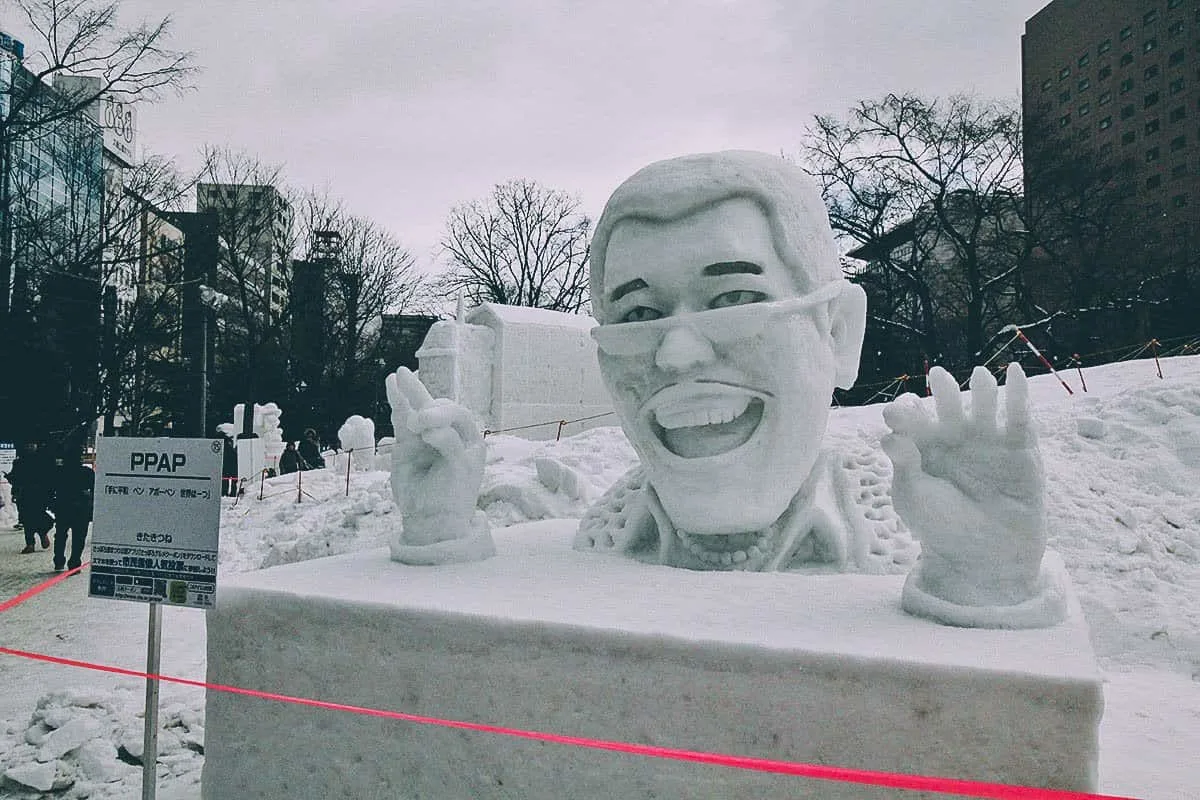
Estimated Time to Spend: About a full day for all three festival sites
Entrance: FREE
2. Enjoy the View From Sapporo TV Tower
If you like lofty views, then you’ll probably want to climb up to the observation deck of Sapporo TV Tower. Located on the east end of Odori Park, it’s an iconic TV tower that gives you 360º views of Sapporo from over 90 meters (295 ft) above the ground.
You can purchase tickets to the observation deck at the gate or in advance through Klook.
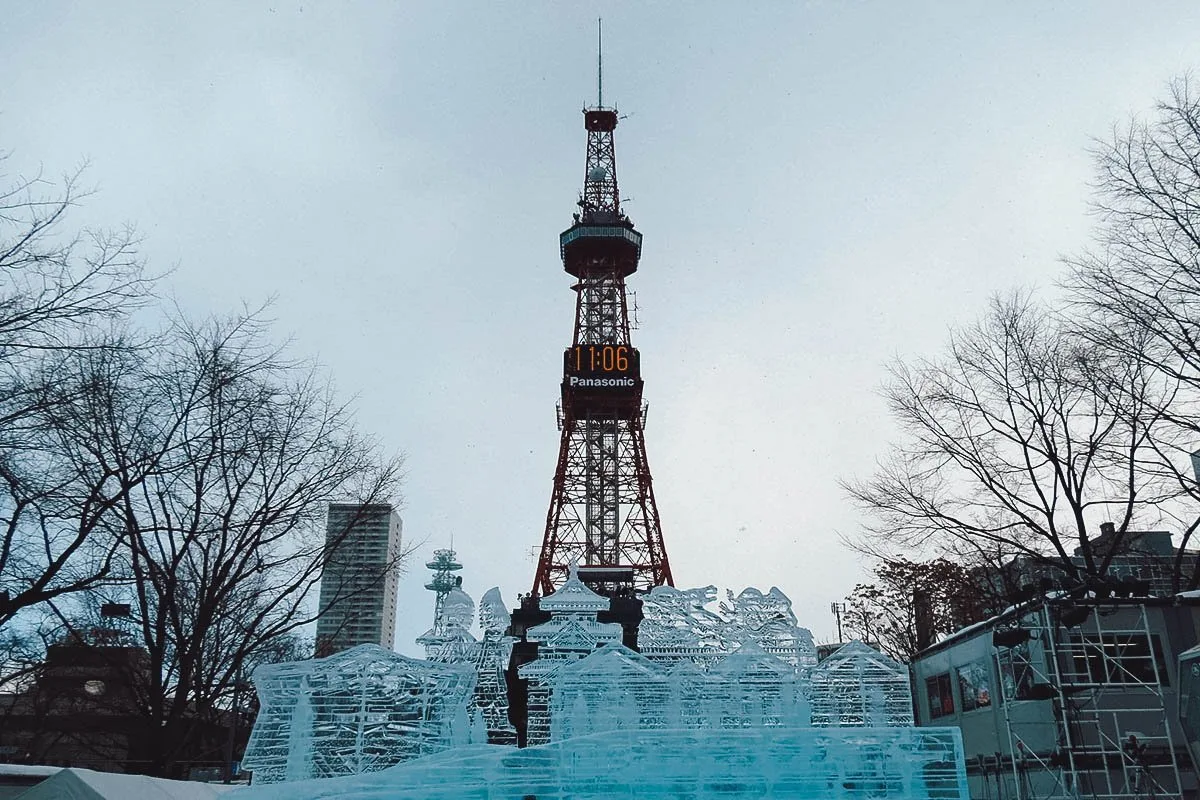
“Sapporo TV Tower” by redlegsfan21, used under CC BY-SA 2.0 / Processed in Photoshop and Lightroom
Estimated Time to Spend: Around 30 mins – 1 hr
Entrance: JPY 1,000
3. Taste Freshly Brewed Beer at the Sapporo Beer Museum
If you enjoy drinking beer as much as we do, then the Sapporo Beer Museum needs to be on your itinerary. Sapporo is one of the oldest beer brands in Japan and has been brewing in Hokkaido since 1877. There isn’t much to the museum but people come here mainly for the beer tasting and the all-you-can-eat lamb jingisukan which is one of Hokkaido’s signature dishes.
Check out my post on the Sapporo Beer Museum for more pictures and information.
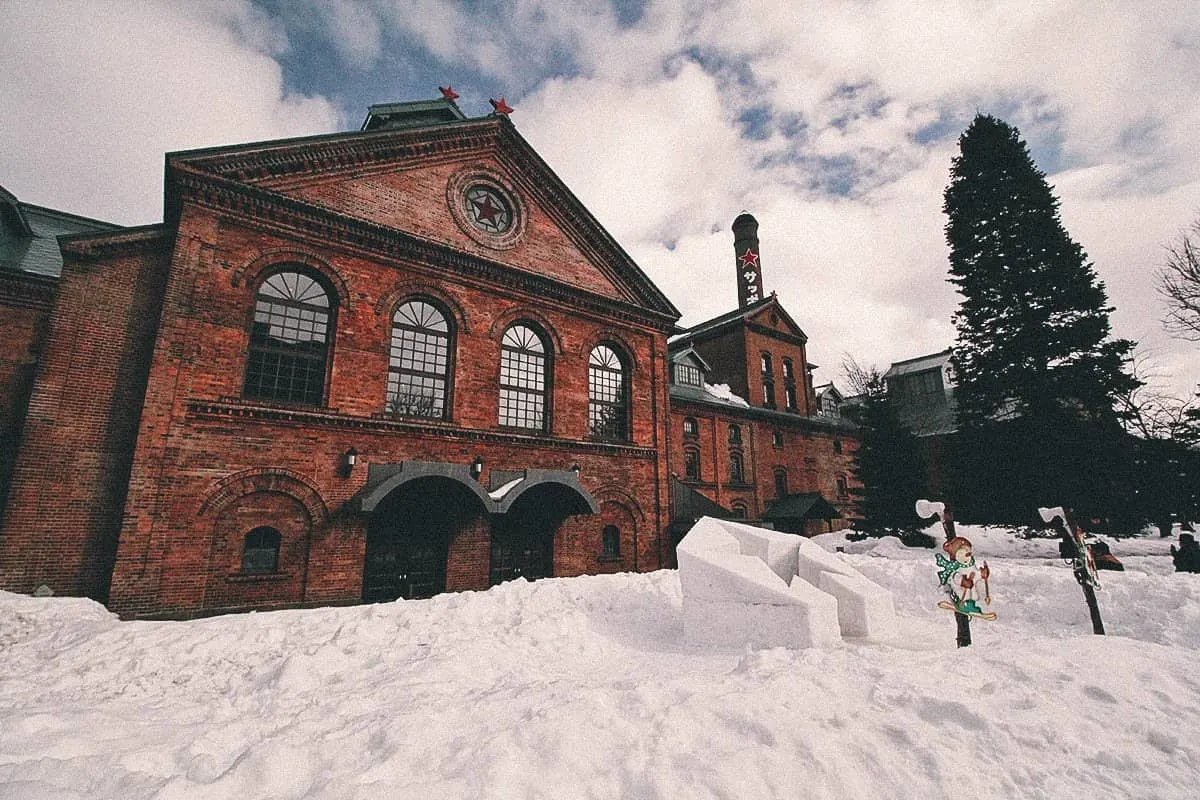
Estimated Time to Spend: Around 2 hrs
Entrance: FREE
4. Bathe in an Onsen
I didn’t understand people’s fascination with onsens, until I actually tried one. Simply put, bathing in a hot spring makes you feel AMAZING in winter. You feel so warm and relaxed you become practically impervious to the cold!
There are many onsens in and around Sapporo, but if you want the best experience, then you may want to go to Noboribetsu onsen town. It’s located about an hour and a half away by JR train.
Another option is Jozankei Onsen which you can visit from Sapporo on a day trip. Follow the link to purchase onsen day tour vouchers on Klook.
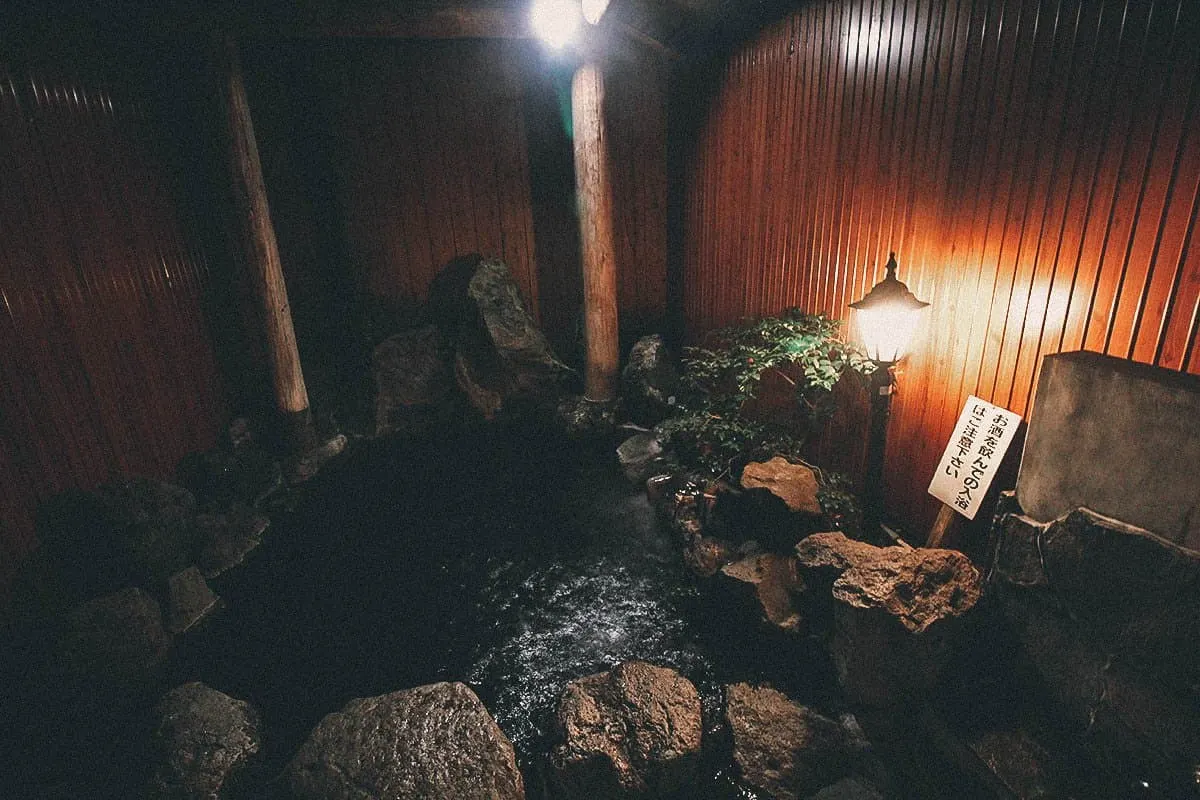
5. Go on a Food Tour
We love going on food tours. It’s the best way to learn about local dishes and restaurants that aren’t as easy to find on Google. You can do all the research you want, but nothing can ever compare to local knowledge. We haven’t done any in Sapporo but we have gone on food tours in Tokyo and Kyoto.
If you’re interested in going on a food tour in Sapporo, then you can check out this Sapporo food and bar hopping tour on Magical Trip.
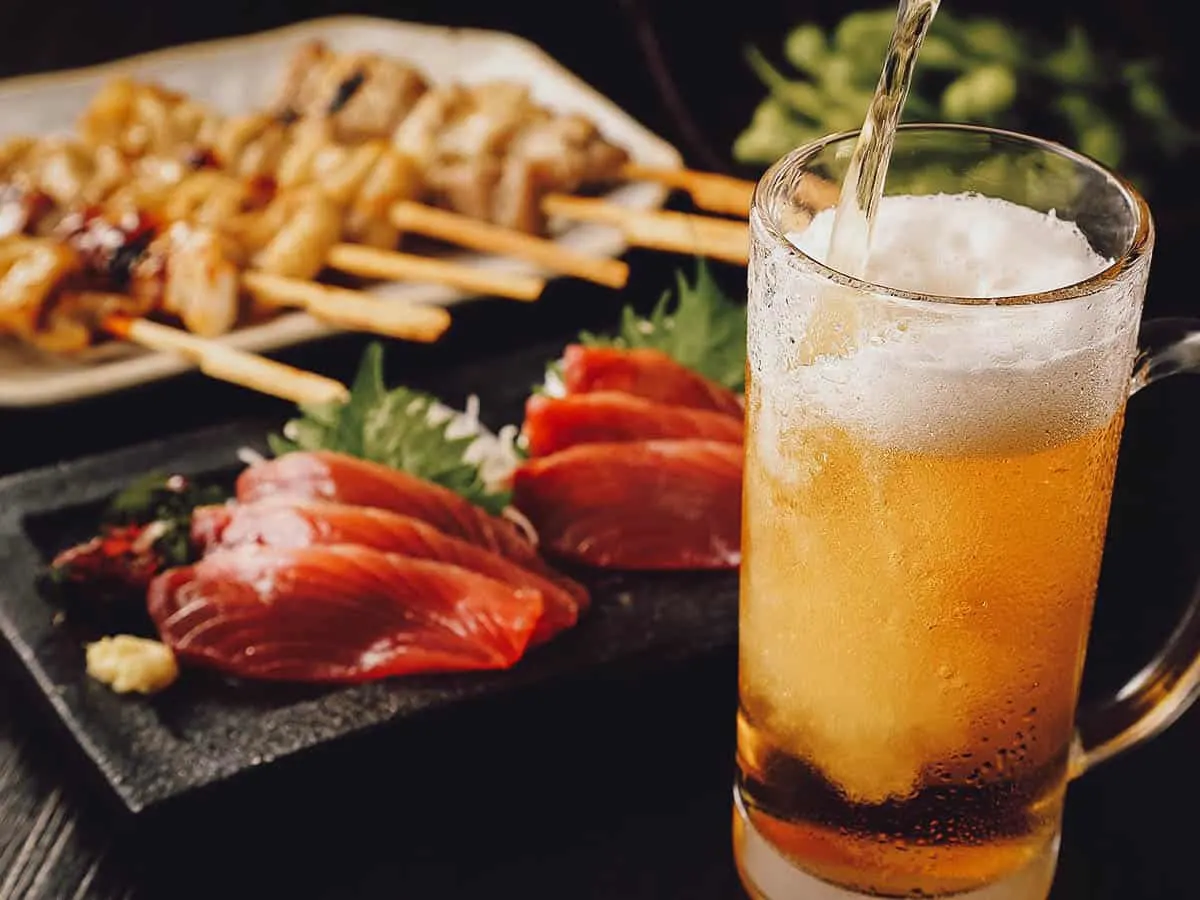
Photo by Nishihama via Shutterstock
6. Shop at Don Quijote
Shopaholics rejoice! Shopping in Japan doesn’t have to be expensive, and Don Quijote is proof of that.
Like Daiso shops, Don Quijoute is a discount chain store with over 160 branches throughout Japan. And I’m not talking about rinky dink shops either. Many of their branches are like mini department stores with several stories of products ranging from groceries to electronics to clothing to household goods. Best of all? Everything is tax-free.
Visit the Don Quijote website to find the blue penguin nearest you.
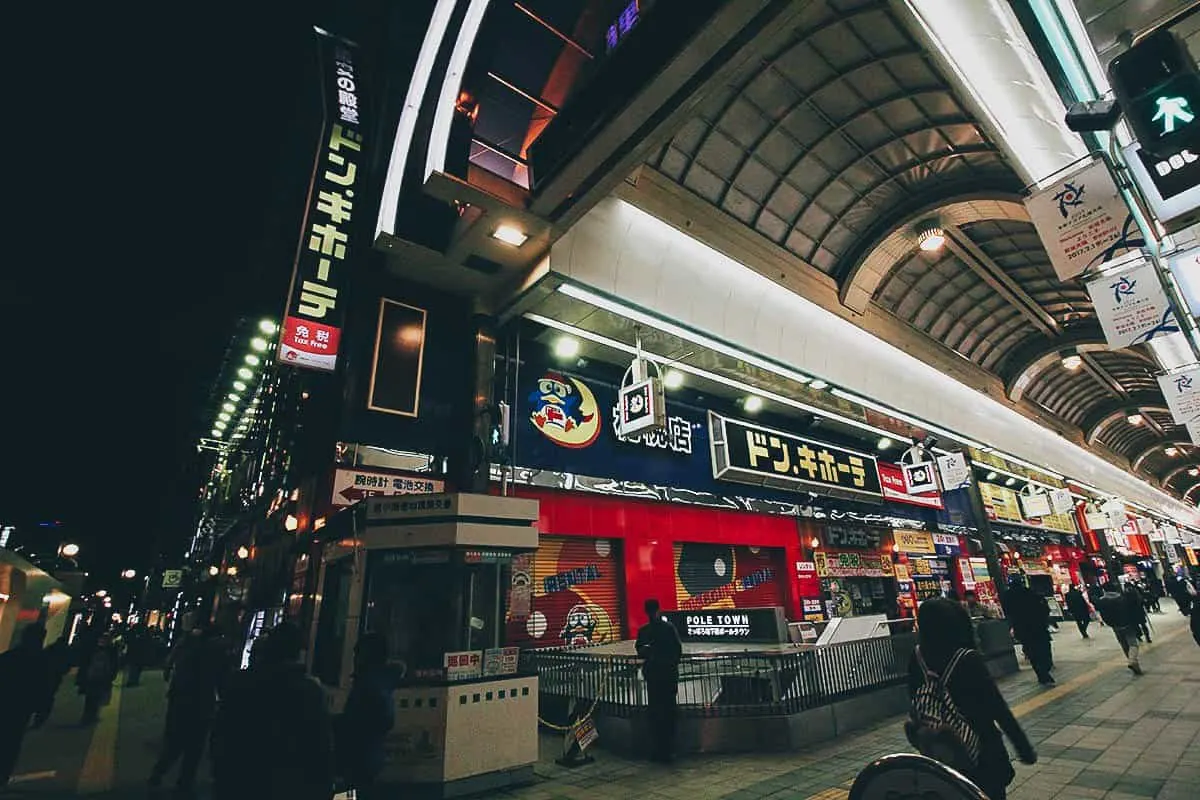
DAY TRIPS FROM SAPPORO
1. Attend the Snow Light Path Festival in Otaru
Otaru is a charming port city less than an hour from Sapporo by JR train. It’s proximity makes it an ideal day trip destination from Sapporo, especially in winter when it hosts its own festival called the Snow Light Path Festival.
Held at the same time as the Sapporo Snow Festival, you’ll find snow and ice lanterns lighting up the preserved canal area at night. Being a port town, Otaru is also home to some of Hokkaido’s best seafood, not to mention a wealth of pastry and dessert shops selling the most delicious dairy products.
Check out my post on the Snow Light Path Festival in Otaru for more pictures and information. Otaru is easy enough to visit on your own but if you’d like to go on a guided tour, then you can book one through Klook.
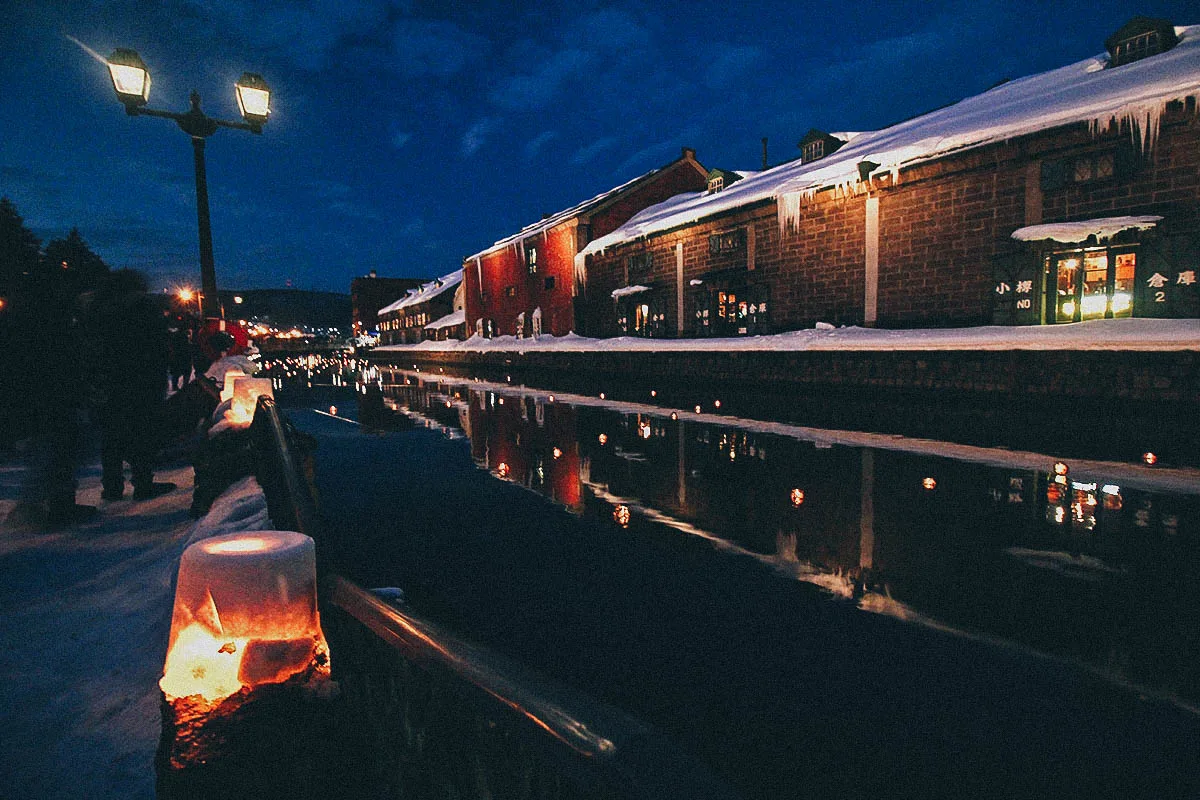
2. Visit Nikka Whisky Distillery
You don’t have to be a whisky drinker to know that Japan is home to some of the finest whiskies in the world.
If you are a whisky drinker, then you’ll be pleased to know that you can visit the Nikka Whisky Distillery on a day trip from Sapporo. Located in Yoichi, it’s accessible via the same metro line as Otaru so you can visit both places on the same day. The distillery is home to a museum and a restaurant where you can enjoy tastings and a tour.
3. Visit the Historical Village of Hokkaido
If you like living museums or enjoy taking pictures, then you’re going to love the Historical Village of Hokkaido. It’s an open-air museum boasting over 60 period structures spread out over 54 hectares. All the buildings at the village are from the Meiji and Taisho eras (mid-19th to early 20th century) of Japan, and were recreated to reflect what pioneer life in Hokkaido was like.
Check out my post on the Historical Village of Hokkaido for more pictures and information.
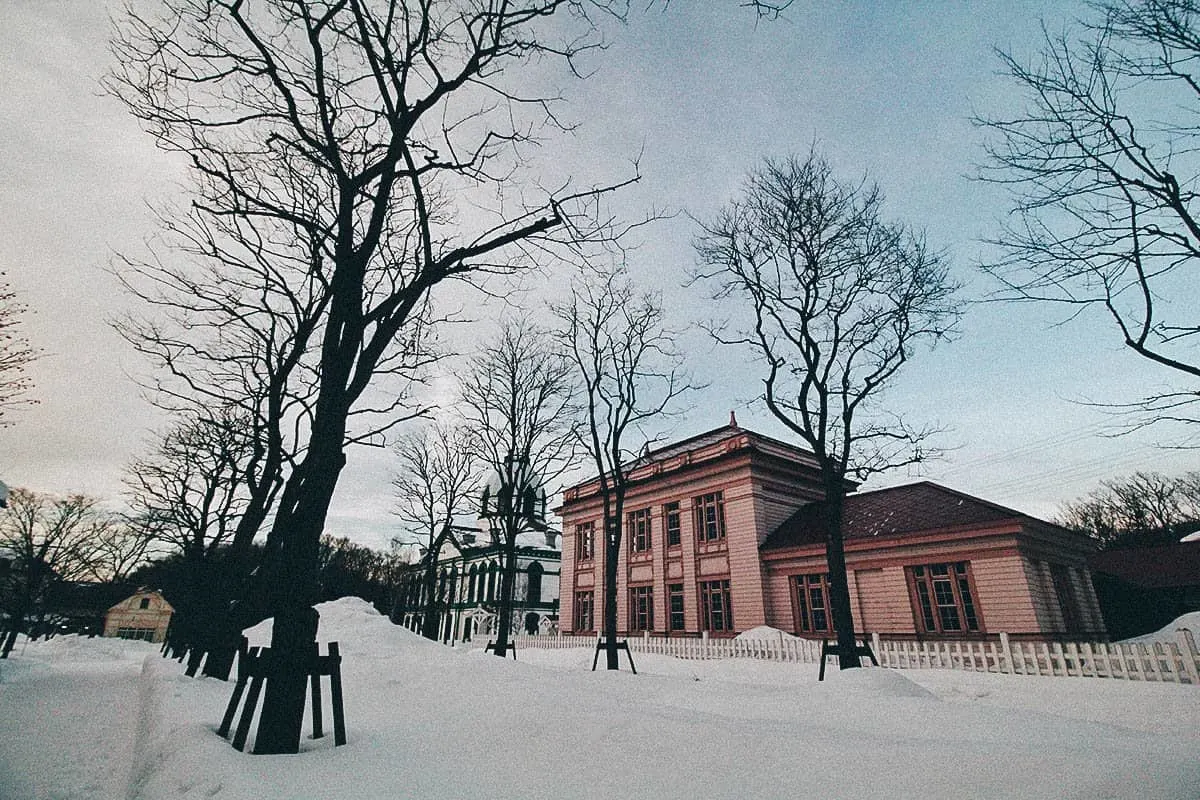
4. Spend the Day Skiing at Sapporo Teine
An avid skier I know told me that the best skiing he’s ever experienced is in Hokkaido. He’s skied everywhere but he loved it here so much that he now goes back every year.
Aside from the festival, this is what I was most excited about on this Sapporo trip. Serious skiers and snowboarders head out to Niseko but if you want to go skiing just for the day, then Teine is an excellent choice. Check out my post on skiing at Sapporo Teine for more pictures and information.
Teine is about an hour away from Sapporo and easily accessible by public transportation. If you prefer, you can arrange for a skiing experience at Teine through Klook.
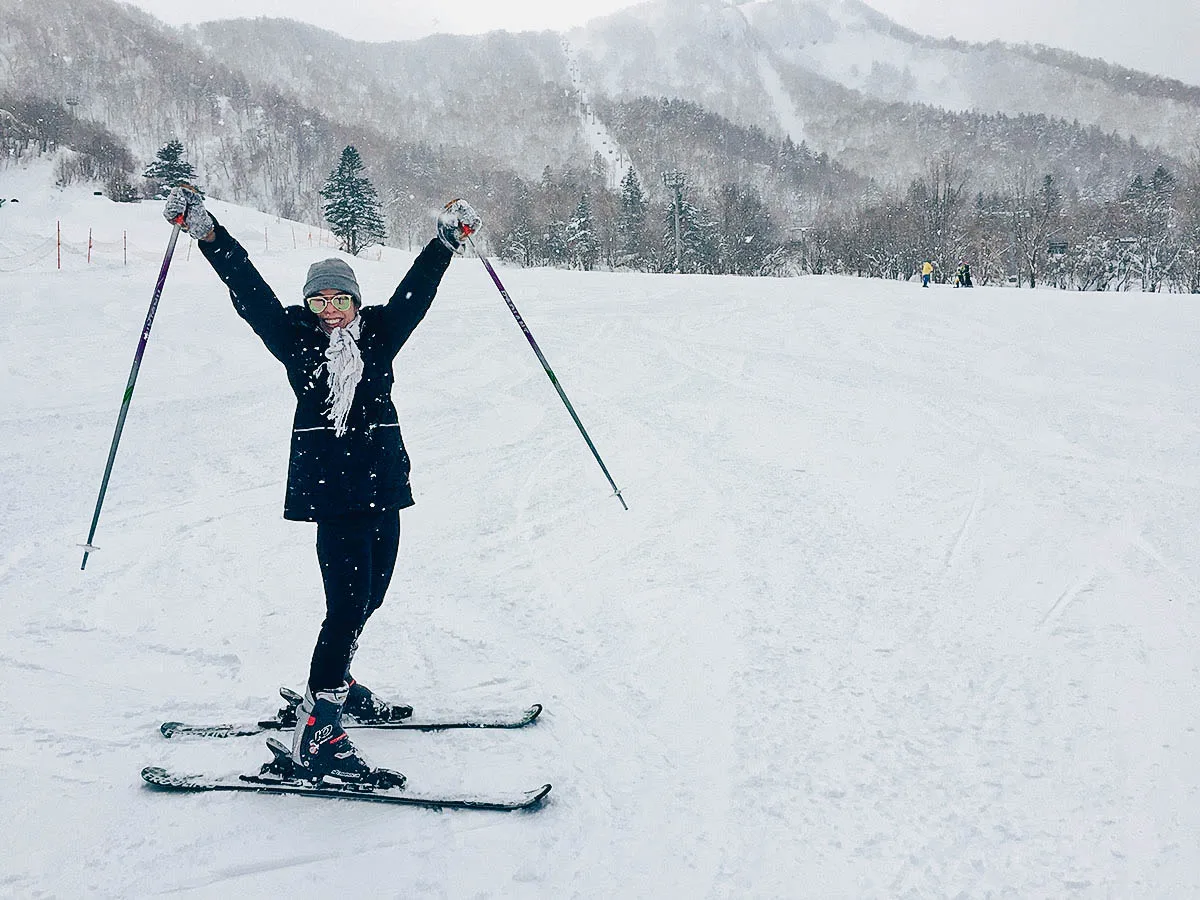
5. Ride a Snowmobile
Adventurous travelers will enjoy this. Neither Ren nor I had ever ridden a snowmobile before so we were excited to try something new. We did a fun 1-hr, 20-25 km snowmobile ride at Snowmobile Land which is about an hour away by bus from downtown Sapporo.
Check out my post on Snowmobile Land in Sapporo for more pictures and information. If riding a snowmobile sounds exciting to you, then you can purchase vouchers in advance through Klook.
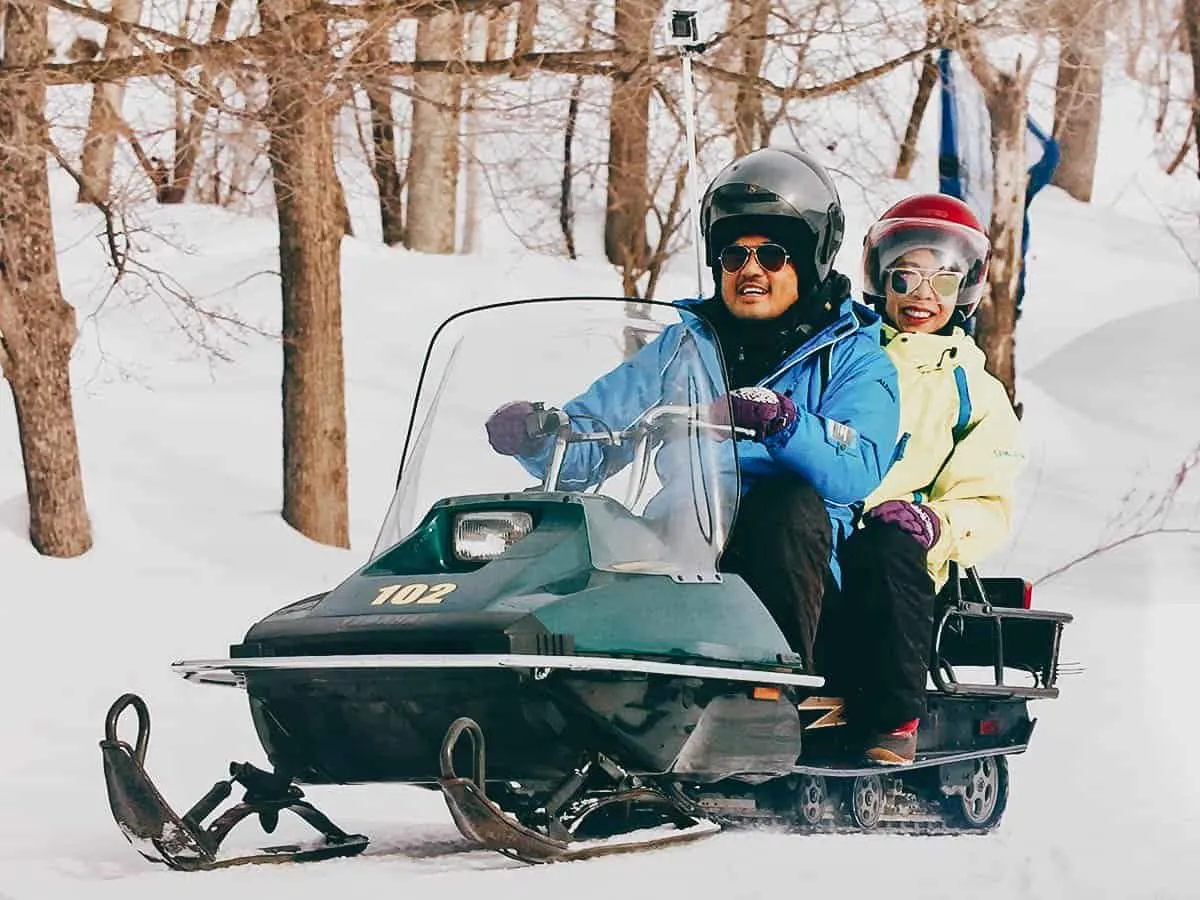
6. Explore Noboribetsu
Noboribetsu is Hokkaido’s most famous hot spring resort. One of its most distinctive features is Jigokudani or Hell’s Valley, a valley situated just above Noboribetsu Town known for its hot steam vents, sulfurous streams, and other volcanic-related activities.
Located about an hour and a half away from Sapporo, there’s enough to see and do in Noboribetsu to warrant an overnight stay. But if you’re pressed for time, then it’s possible to visit on a day trip. Just be sure that the tour you select starts in Sapporo.
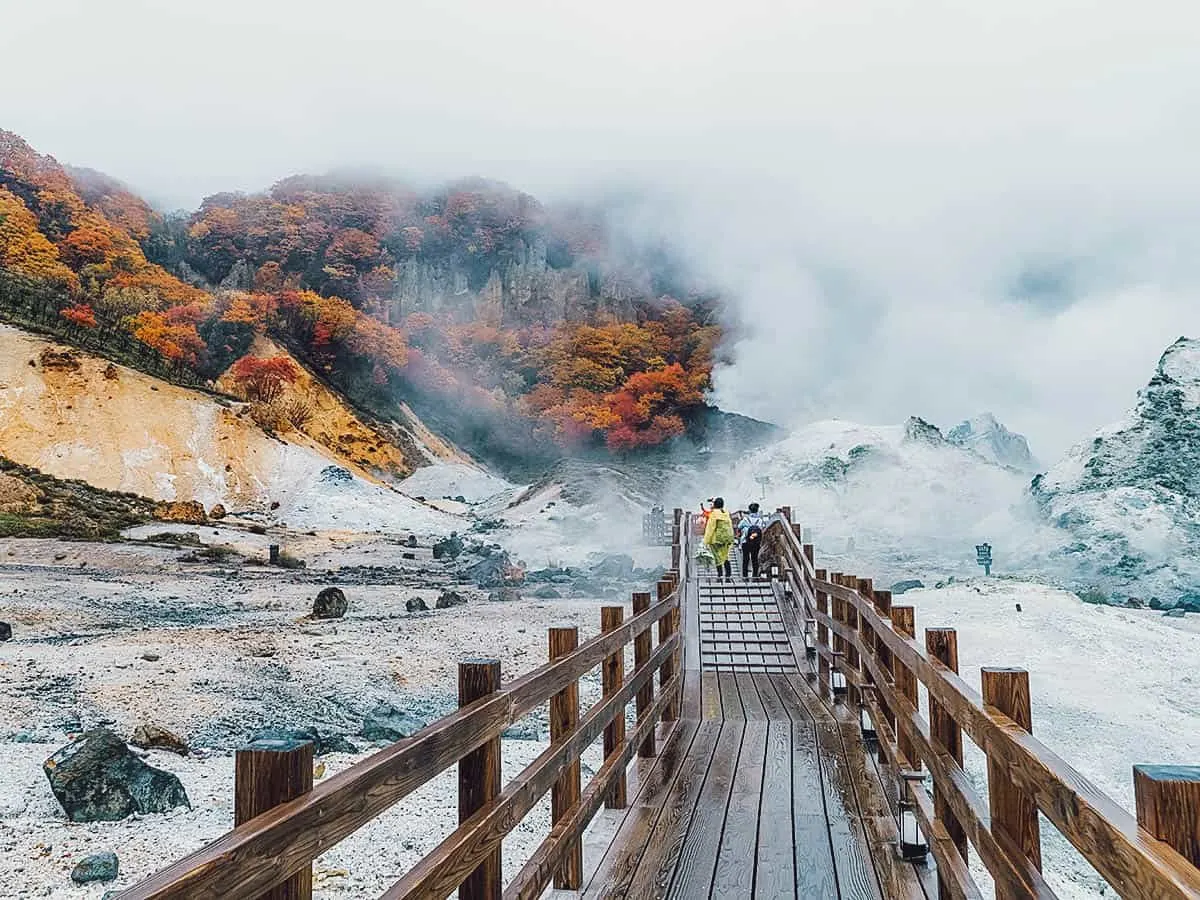
Photo by ANUJAK JAIMOOK via Shutterstock
JAPANESE FOOD GUIDE
Japanese is my absolute favorite cuisine in the world and a big reason why we love visiting this country. If you love Japanese food as much as we do, then you might want to check out our list of delicious dishes to eat in Japan. It includes popular dishes and Japanese desserts, as well as regional specialties by prefecture, including Hokkaido.
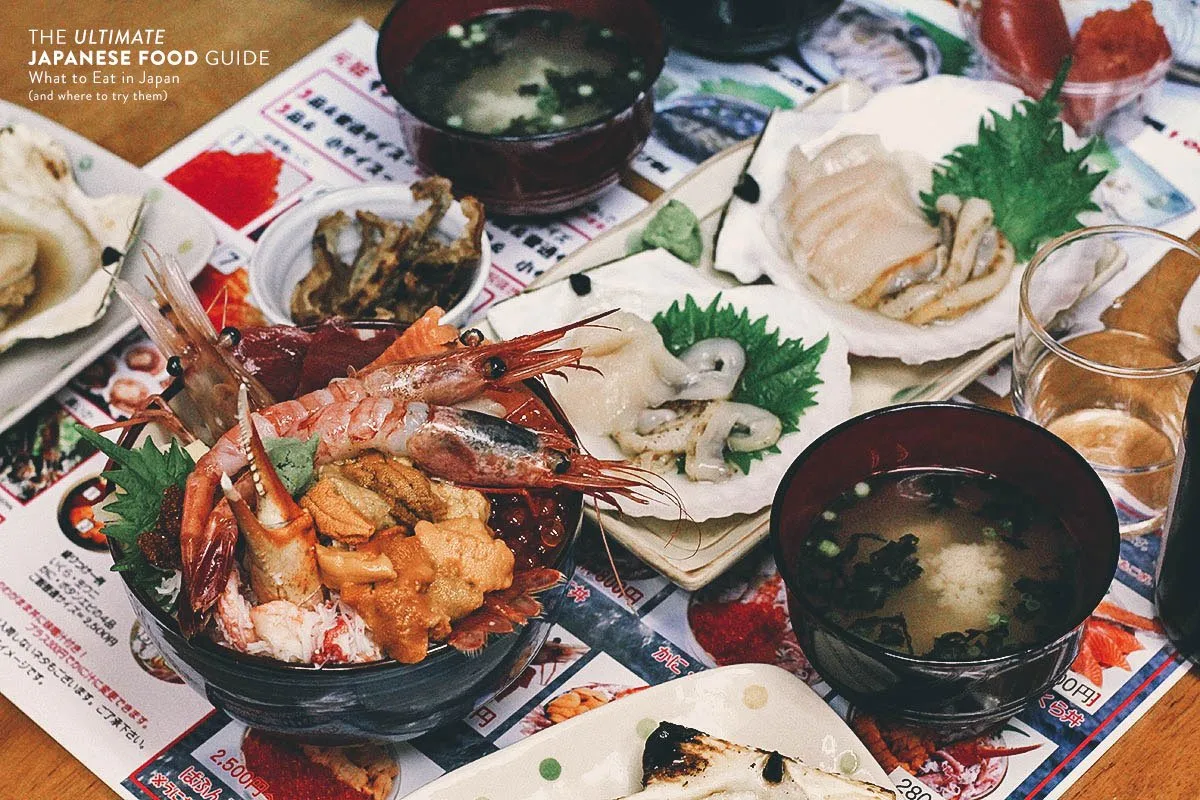
WHERE TO EAT IN SAPPORO
1. Nemuro Hanamaru
Without a doubt, Nemuro Hanamaru is one of the most popular restaurants in Sapporo. Do an internet search and you’ll find this kaiten-zushi restaurant (conveyor belt sushi) on nearly every “best restaurant” list in Sapporo. All that attention does have its downsides as this was the longest we’ve ever had to wait at any restaurant – 2.5 hrs to be exact!
If you’re willing to wait, then you’ll be rewarded with awesome sushi at surprisingly affordable prices. Check out my post on Nemuro Hanamaru in Sapporo for more pictures and information.
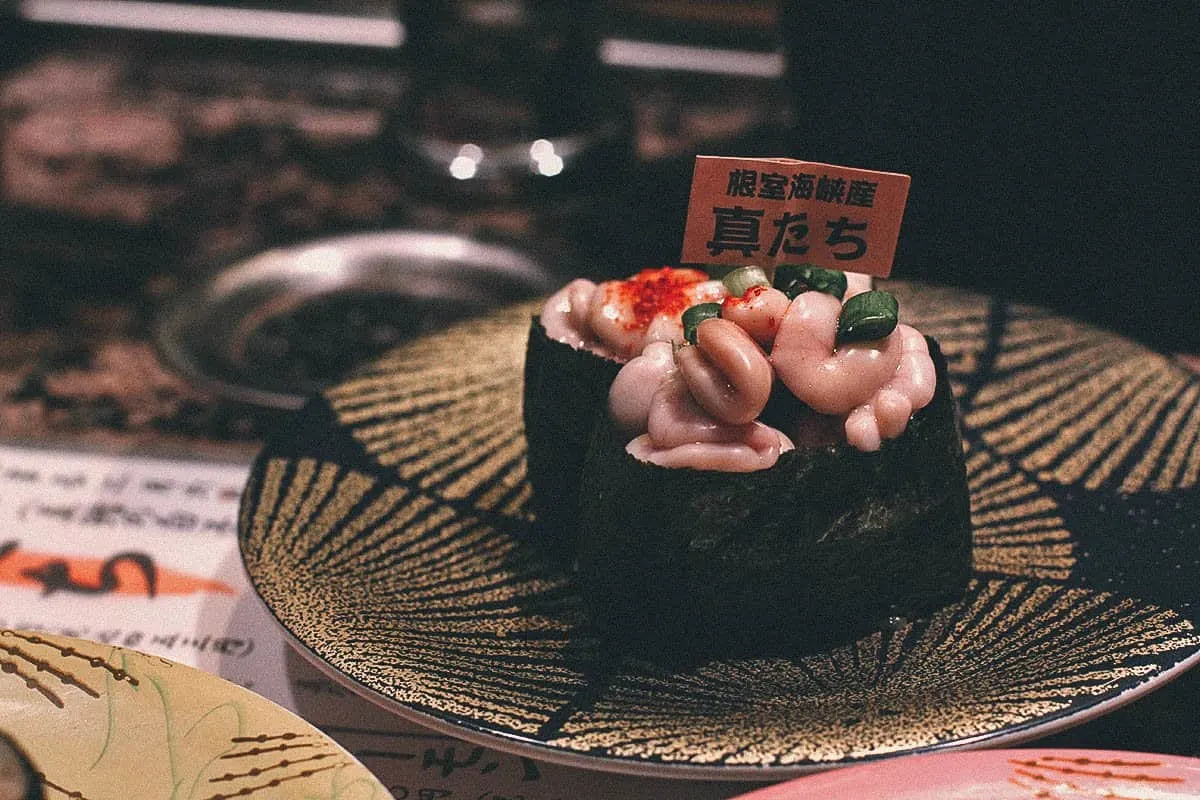
2. Sapporo Beer Museum
Like Nemuro Hanamura, the restaurants at Sapporo Beer Museum are extremely popular. They’re known for their all-you-can-drink and all-you-can-eat jingisukan specials.
Jingisukan or “Genghis Khan” is a lamb yakiniku dish that you grill yourself on your table. It’s one of Hokkaido’s signature dishes and Sapporo Beer Museum is one of the most popular places to have it. In fact, it almost feels like a rite of passage for first-time visitors to the city.
There are many restaurant halls at the museum, all of which are huge. Even then, they do get packed so it’s important to make reservations in advance. You can ask your hotel for help or purchase vouchers in advance through Klook. Check out my post on Sapporo Beer Museum for more pictures and information.
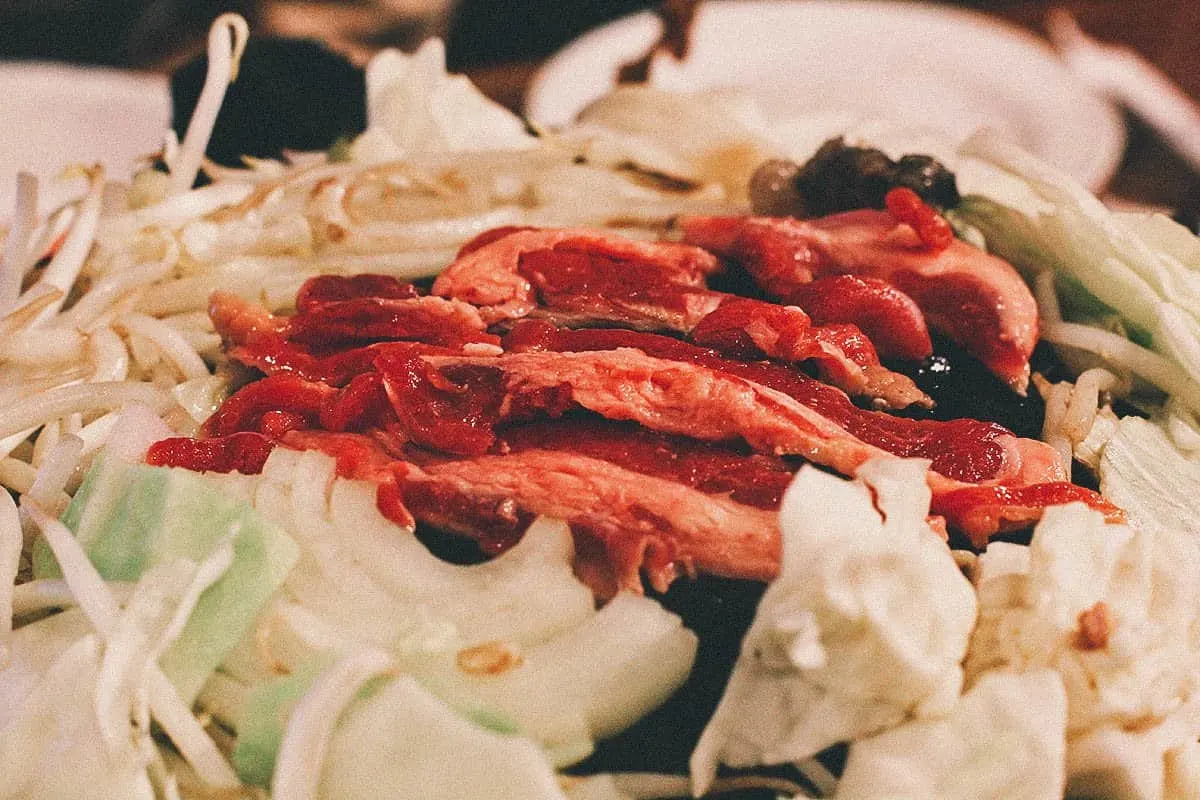
3. Gotsubo
Hokkaido is known for its seafood and these oysters are a good example of that. They’re available throughout the city but we enjoyed them here at this tiny sidewalk restaurant called Gotsubo. It’s a TripAdvisor favorite that serves grilled oysters on the half shell for just JPY 150 apiece.
If that isn’t enticing enough, the owner frequently throws in an extra oyster or two depending on how many your order. We enjoyed this place so much that we ate here twice in five days. Check out my post on Gotsubo in Sapporo for more pictures and information. We only had the oysters but they serve other types of seafood as well.
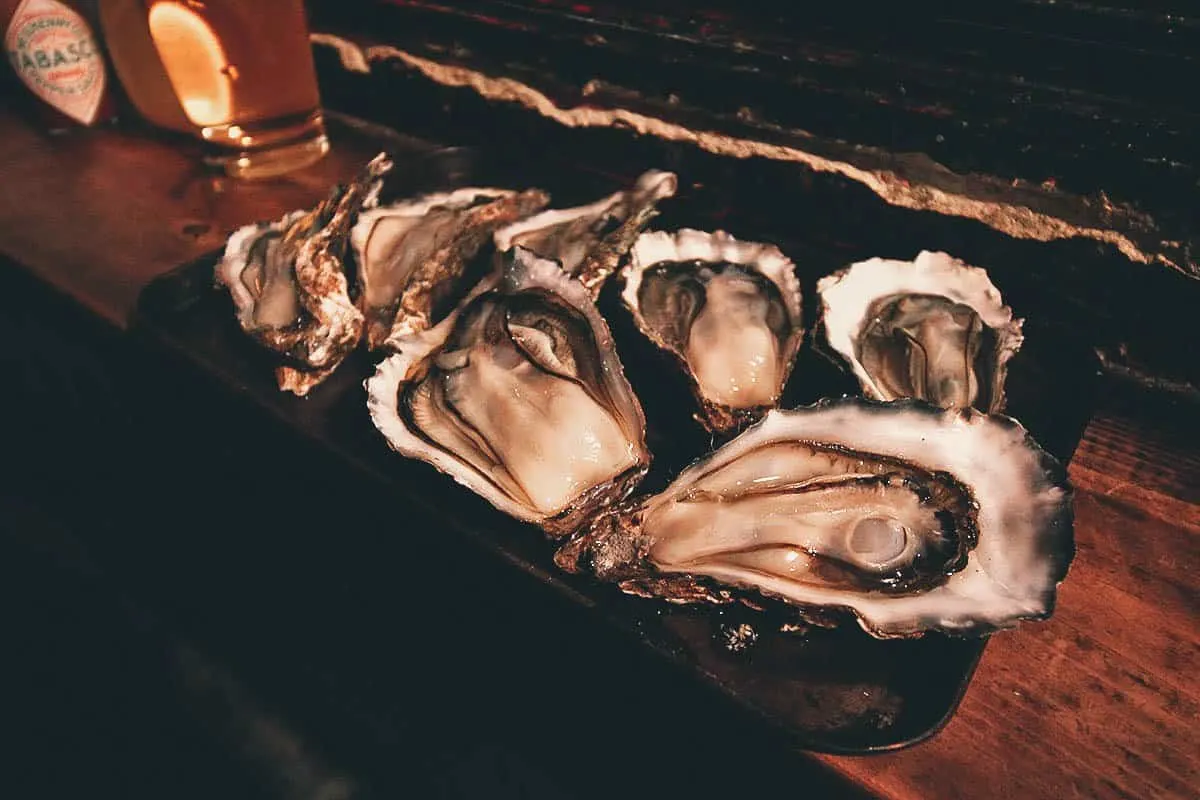
4. ホルモン食堂 4条店
We enjoyed the jingisukan at Sapporo Beer Museum so much that we wanted to have it again, but this time over coals. We found this restaurant in Susukino with no formal English name (as far as I could tell).
Jingisukan is typically cooked over a convex metal skillet but they let us try it using this flat wire grill instead. As good as it was cooked over a gas stove, it’s even better imparted with that smokiness which you can only get from grilling with charcoal. Check out my post on ホルモン食堂 4条店 in Sapporo for more pictures and information.
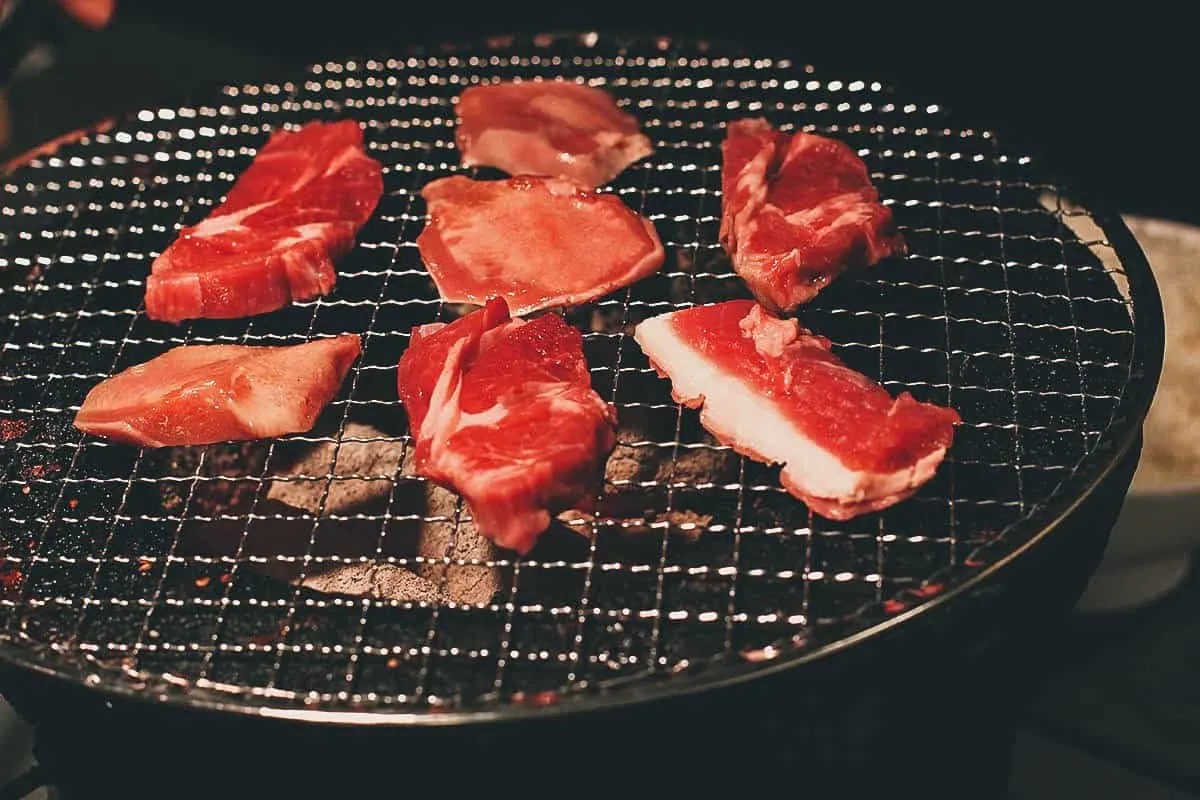
5. Shirakaba Sansou at Ramen Alley
Ramen Alley is literally an alley of ramen restaurants in Susukino. Many people online said it was touristy and to be avoided so I initially didn’t want to have Sapporo’s signature miso ramen here. However, this particular restaurant was recommended by locals so we decided to give it a shot. As expected, they were right.
Miso ramen is one of the four main types of Japanese ramen and is said to have been invented right here in Sapporo, so you have to try it. Check out my post on Shirakaba Sansou in Sapporo for more pictures and information.
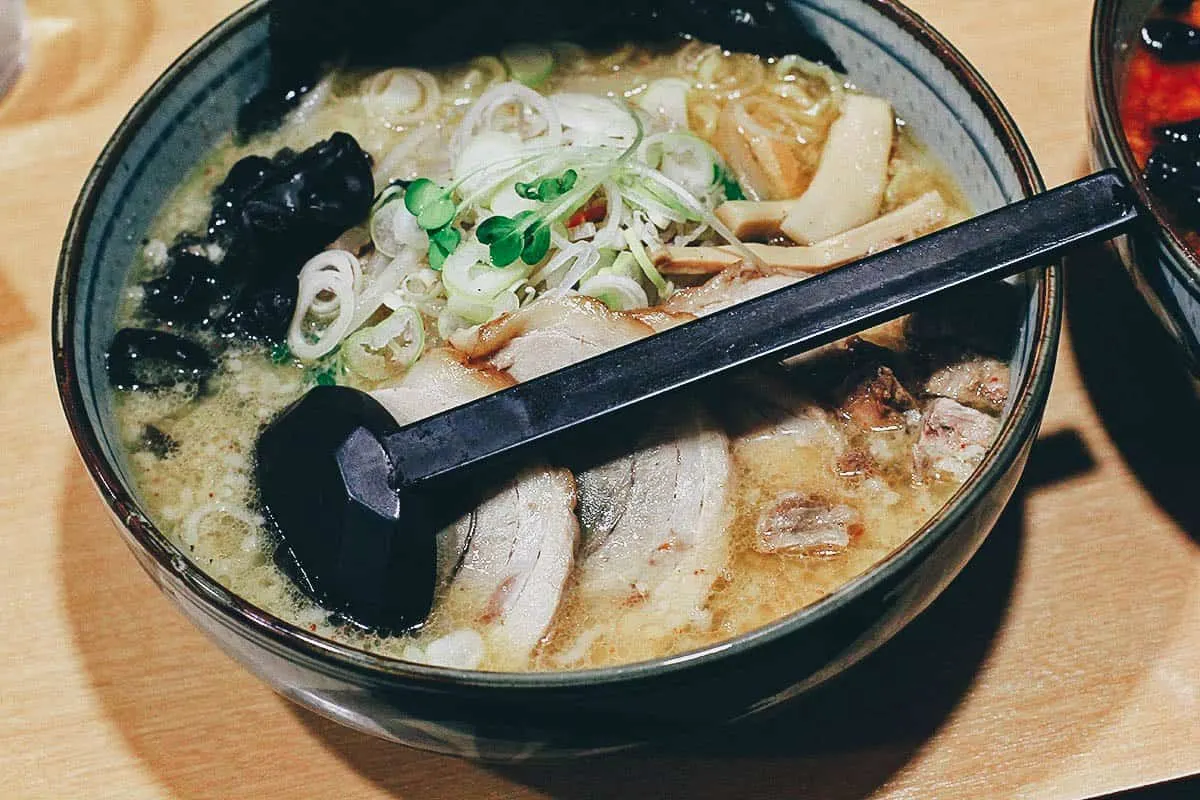
6. Hokkaido Kani Syougun
Japan’s love for crab is legendary, and Hokkaido is one of the best places in the country to have it. When it’s in season in winter, the city looks like it was invaded by crab. You’ll have several types to choose from like king crab, snow crab, hairy crab, and thorny crab.
We originally wanted to go to the popular Kani Honke restaurant but it was fully booked the two days we went. We couldn’t leave Sapporo without trying its famous crab so we went to Hokkaido Kani Syougun instead. We had two kinds here – the king and snow – both in a hot pot which seems to be the preferred way of enjoying crab for many Japanese.
Check out my post on Hokkaido Kani Syougun in Sapporo for more pictures and information.
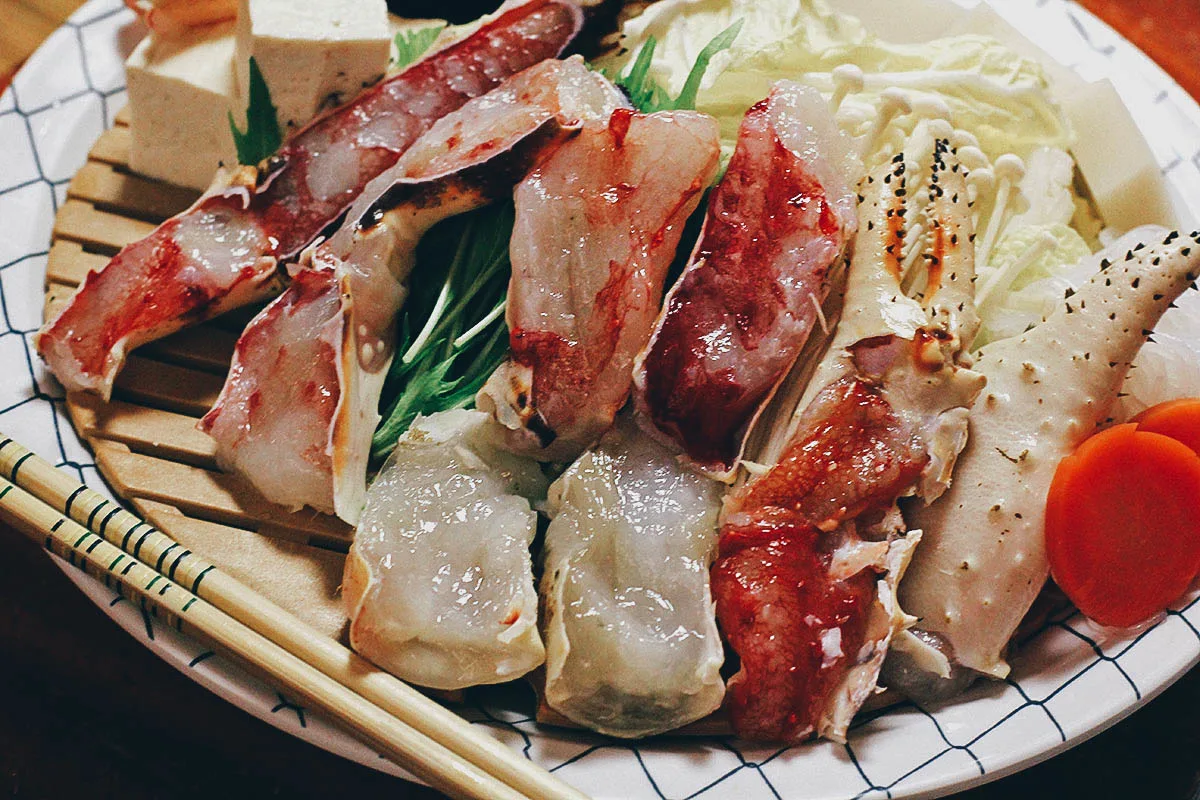
7. Korombia
We were on the hunt for some good yakitori and Google led us to this izakaya in Susukino. Korombia has a wide selection of yakitori and kushiyaki, most of which were very good, but the most memorable dish of the night was the chicken sashimi.
I had been curious to try chicken sashimi ever since I first learned about it. Like most people, I was shocked and intrigued that you could actually eat chicken raw. Based on what I’ve read, you need a special license to serve raw chicken in Japan which is what makes this find all the more special. Check out my post on Korombia in Sapporo for more pictures and information.
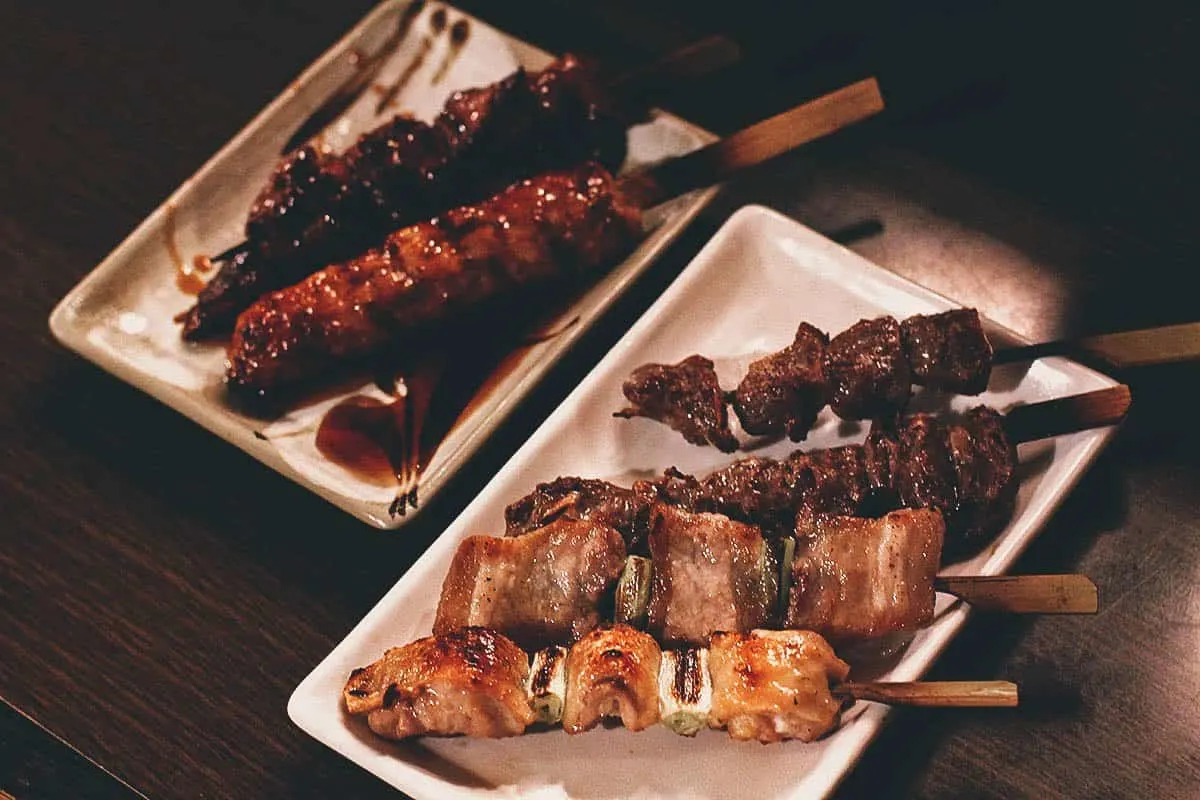
8. Nijo Market
Nijo Market is a public market just a few minutes’ walk from Odori Park. You’ll find all kinds of fresh seafood there, most notably crab if you’re visiting in winter. Prices do seem a little higher here so you may just want to have a quick snack rather than a full meal. At the very least, you’ll want to take a stroll through the market as the seafood on display really is impressive.
Check out my post on Nijo Market in Sapporo for more pictures and information.
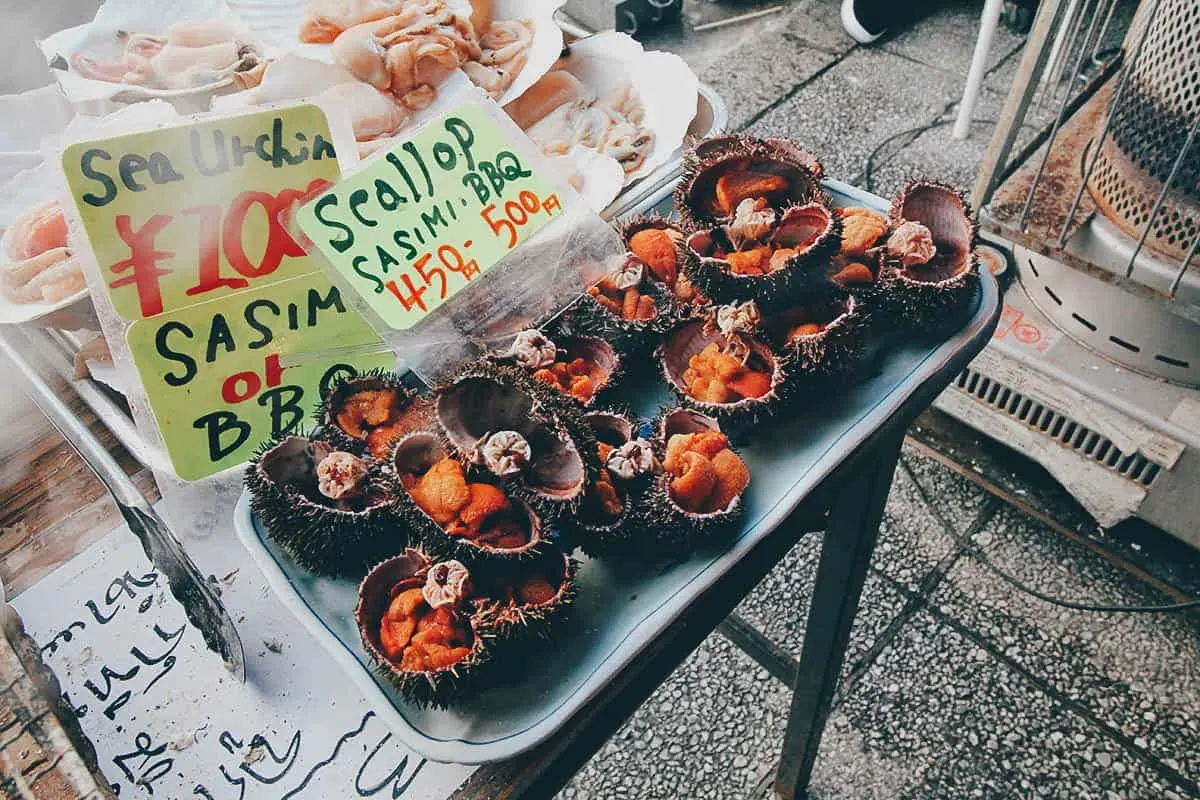
POINTS OF INTEREST IN SAPPORO
To make it easier for you to visualize where everything is, I’ve pinned most of the places recommended in this Sapporo travel guide on a map. Click on the link for a live version of the map.
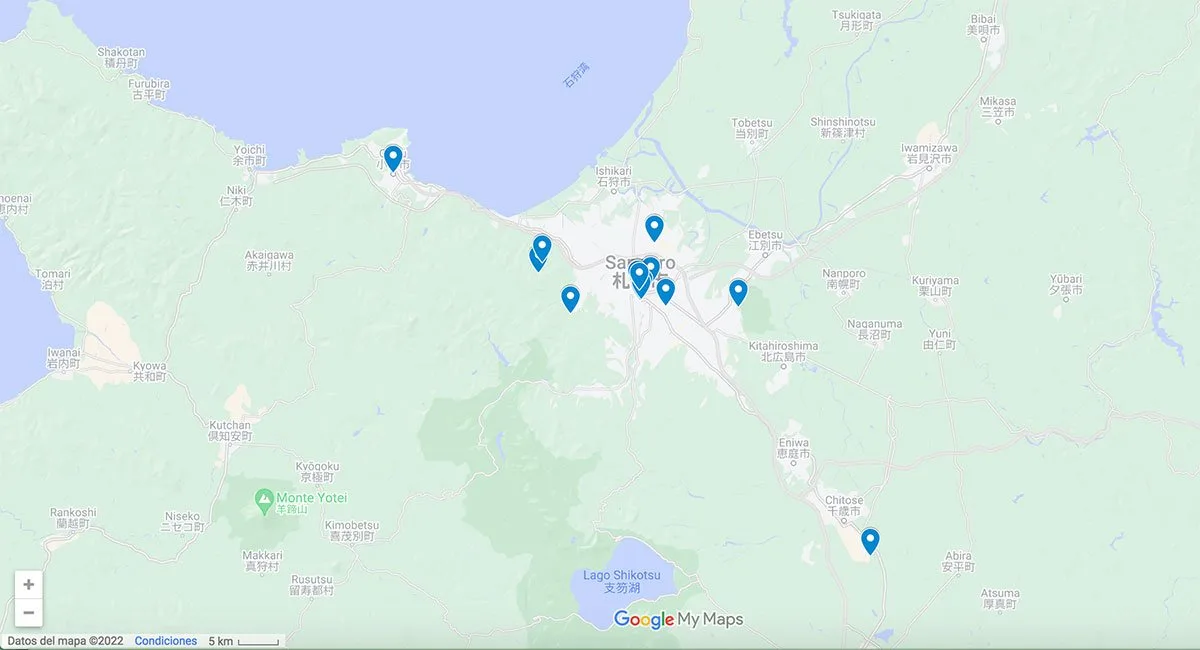
HOW TO GET AROUND IN SAPPORO
The subway system in Sapporo, and Hokkaido in general, is very efficient. It’s comprised of local trains and JR trains. You can get pretty much anywhere you need to go using the train system. As long as you have a constant wifi connection and access to hyperdia.com, then you should have no problems getting around. Depending on your needs, there are a few transportation cards you can get in Sapporo.
One-Day Subway Pass
If you’ll be using the local subway a lot, then you may want to purchase a one-day ticket. It allows you unlimited rides on subway trains for the whole day and costs JPY 830 for adults and JPY 420 for children (ages 6-11). If you already have your itinerary mapped out, then you can use hyperdia.com to estimate how much you’ll be spending on subway transportation per day. In our case, it was only worth it on one day of our trip. You can purchase the one-day pass at any subway ticket-vending machine.
SAPICA / Kitaca IC Cards
SAPICA and Kitaca IC Cards are two types of stored-value cards that allow you to use Sapporo’s public transportation system without having to purchase single journey tickets each time. They can be used on subways, buses, and streetcars in the Sapporo area. In the case of the Kitaca card, you can use it anywhere that accepts IC cards, even outside Hokkaido. Both cost JPY 2,000 with an initial stored value of JPY 1,500.
Hokkaido Rail Pass
Aside from a day trip to Otaru, we stayed in Sapporo the whole time but if you plan on exploring more of Hokkaido, then the Hokkaido Rail Pass may be worth it. It’s available only to non-Japanese and it allows you unlimited rides on all JR trains (except Shinkansen) and some JR buses within Hokkaido.
HOW MANY DAYS TO STAY / SAPPORO ITINERARY
This is a tough one. Though this guide was written specifically for Sapporo in winter, few people visit Hokkaido and stay only in Sapporo so the length of your visit really depends on how much of the island you want to see. Hokkaido is huge so you can realistically spend a few weeks here and experience just a fraction of it.
To keep it simple, if you’re planning on attending the snow festival and don’t intend to stray too far from Sapporo, then I’d say about 4 days is enough. Here’s a sample 4D/4N itinerary to help you plan your trip.
| DAY ONE • Visit the Odori and Susukino sites of the Sapporo Snow Festival • Visit the Tsudome site of the Sapporo Snow Festival • Enjoy the view from the observation deck of Sapporo TV Tower |
| DAY TWO • Explore Nijo Market • Visit and have lunch at the Sapporo Beer Museum • Explore the Historical Village of Hokkaido |
| DAY THREE • Explore Otaru • Visit Nikka Whisky Distillery • Go back to the Otaru canal at night for the Snow Light Path Festival |
| DAY FOUR • Spend the whole day skiing or snowboarding at Teine Ski Resort |
SAPPORO TRAVEL TIPS
1. Plan your Trip with Sygic Travel
If you’re like us and enjoying planning every detail of your trip yourself, then Sygic Travel is for you. I’ve been using this free trip planning app for several years now. It helps me make an efficient itinerary by allowing me to pin all points of interest on a map then grouping them together by location. It’s available for free on iOS and Android.
2. Stay Connected
Having a constant wifi connection is a must these days. It’s almost as essential as packing a toothbrush. There are few free wifi zones in Japan so it becomes especially useful here. Having access to Hyperdia alone justifies the cost.
You can connect to the internet in Japan either through a sim card or a pocket wifi device. Personally, we prefer connecting via pocket wifi devices because it’s simpler, but it’s really up to you. Click on the links to purchase a 4G sim card or rent a pocket wifi device through Klook or Get Your Guide. Be sure to reserve it at least a week prior to your trip.
3. Bookmark Hyperdia or Get the App on your Mobile Device
You’ll be riding the subway a lot in Japan so this free commuter app will be very useful to you. It’ll help you decipher the often confusing metro system. In fact, I wouldn’t dare use the subway without it.
WEBSITE: hyperdia.com
4. Plan Your trip Early
The week of the snow festival is one of the busiest times of the year in Sapporo so it’s important that you plan your trip as early as possible.
In our case, I had booked most of our trip by September of the previous year. I got cheap international flights to Japan in July, and booked our domestic flights and accommodations in September. We went to Sapporo to attend the festival so I pretty much took care of everything as soon as I got confirmation on the festival dates. I suggest you do the same.
5. Make Reservations When Possible
Many of the restaurants in Sapporo (and the rest of Japan) are small so you’ll often find yourself waiting for a table, especially during the week of the festival when the city is flooded with tourists.
As mentioned earlier in this guide, we tried twice to eat at popular crab restaurant Kani Honke but they were fully booked on both days. If there are any specific restaurants you want to go to, then I suggest asking your hotel for help in making reservations.
6. Look For Sapporo Travel Deals
There are many websites that offer discount passes to tours and services. The websites I’ve used the most are Klook and Get Your Guide. You’ll often find interesting activities that you wouldn’t normally think of yourself so it’s definitely worth a look. In fact, that’s how I learned about Snowmobile Land.
7. Get Travel Insurance
To be honest, we don’t always get travel insurance. Some trips may not call for it as much but on this trip to Japan, it was a must because we were going skiing and snowmobile riding. It would have been a disaster to get hurt and hospitalized in Japan without any form of insurance.
We buy travel insurance from SafetyWing or Heymondo. They’re both popular travel insurance companies used by many long-term travelers. You can follow the links to get a free quote from SafetyWing or Heymondo. Get 5% off on Heymondo if you purchase a policy using our link.
8. Bring the Right Power Adapter
Japan has Type A or Type B electrical outlets so be sure to bring the right power adapters for your devices. Electrical voltage is 100V and the standard frequency is 50/60Hz.
9. Learn Basic Japanese Etiquette
Japan is a country of many unwritten rules. You’re a foreigner so you aren’t expected to know all of them, but it would be good to familiarize yourself with the basics. Check out this great overview on Japanese etiquette for travelers.
Have Fun!
I’m not an expert on Sapporo but I hope you find this post useful. I’m only sharing some of the things I learned from our trip. If you have any suggestions, then please feel free to leave them in the comments section below.
Thanks for reading and have an amazing time at the Sapporo Snow Festival!
Disclosure
Some of the links in this winter Sapporo travel guide are affiliate links, meaning we’ll get a small commission if you make a purchase at no added cost to you. We only recommend products and services that we use ourselves and firmly believe in. We really appreciate your support as this helps us make more of these free travel guides. Thank you!


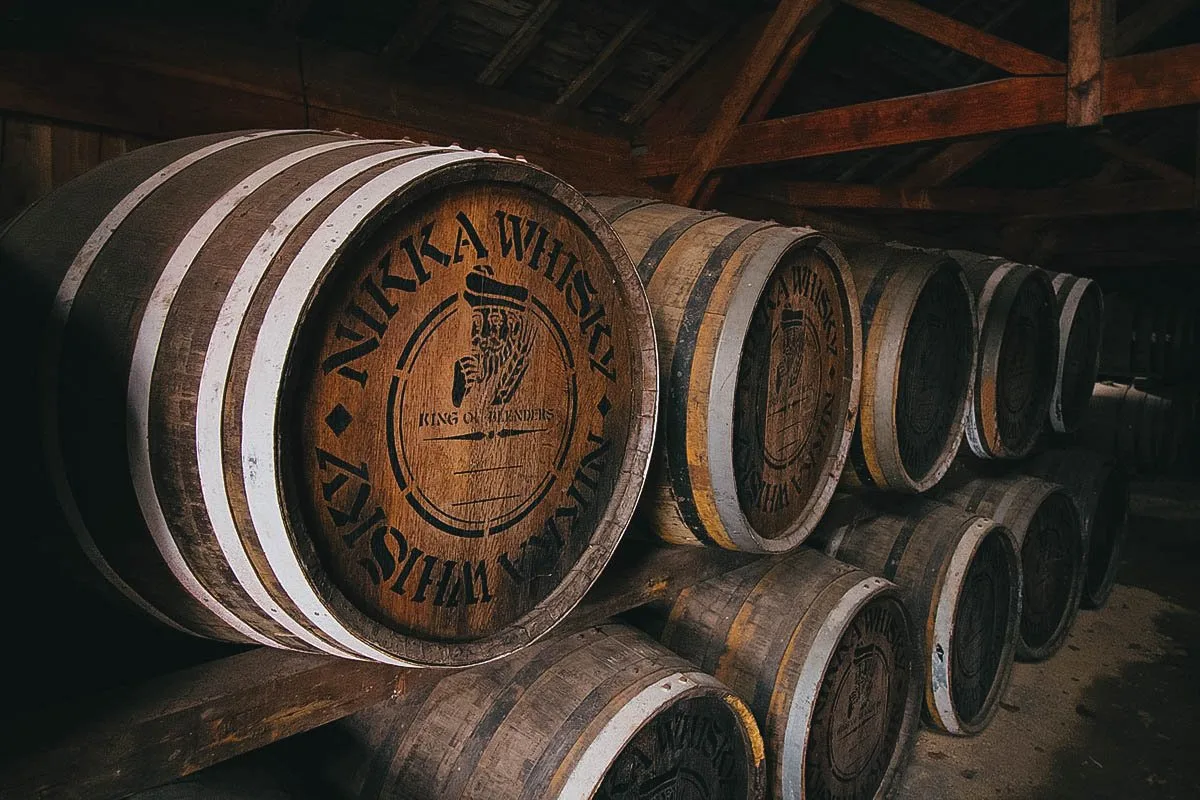
Debbie Fischer
Sunday 14th of June 2020
Do you have any recommendations for guided snowshoe tour companies? Both around Sapporo and Daisetsuzan National Park?
JB & Renée
Saturday 20th of June 2020
Hi Debbie, no I'm sorry but I don't. We've only gone skiing and snowmobiling in Sapporo, not snowhsoeing.
shawn
Wednesday 8th of January 2020
i love this very detailed guide for japan. but i do have to say, while certain regions in japan are very much cash based, meaning you can only pay in cash, the major cities of japan ALL ACCEPT credit cards. before your first trip to japan in 2018, we did SO much research prior to our trip. we literally researched for a good year prior to our April trip. every youtuber, every blog, every vlog said the same thing....bring cash. bring lots of cash. and it isn't like those places we visited online were old sites or old youtube videos. they were recent. they were made in the same year we did the research in. but when we arrived in japan, we were shocked at how wrong all of them were, how wrong you are. our trip to japan consisted of visiting Tokyo, Kyoto, Osaka, Nara and back to Tokyo. every city we hit, minus kyoto accepted credit cards. since kyoto is a very old fashioned city, yes they were mostly cash based. which was fine since all those vloggers told us to bring tons of cash. but tokyo? osaka? nara? i could easily use a credit card at the majority of their restaurants, especially their convenience stores like 711, lawsons and family mart. the one thing i will say, even in the big cities where cash was needed BUT it was to be expected were the shrines, the food stalls/street vendors. yes those places only accepted cash, but again, that made sense. same way that here in nyc, all those street vendors only accept cash. if you plan on visiting tons of shrines, yes bring cash. and since a good chunk of shrines have food stalls nearby, yes they will only accept cash. in those situations it made sense, but to do a blanket statement that all of japan is a cash based society and they have not adapted to the times is wrong to say and very misleading to tourists. i mean i guess i get why they say its all cash. it could be good overall if you only pay in cash wherever you shop. but that is true for most places, not just japan. so if your going to major cities for shopping and nice restaurants, your fine with your credit cards. if your going to japan to hit up small local shops in small cities or in the country side, yes please bring cash. OR even if you dont know how much to bring in cash, ANY 711 has ATM's that accepts foreign debit cards so you can pull out cash, but they have a minimum of like 10,000yen which should be around $100 US. you can't pull out say 50 dollars worth of yen. also, post offices are another good place where they accept foreign debit cards. so you have options for safe withdrawal of cash. so please. stop saying japan does not accept credit cards. because it's a flat lie. but yes, be prepared to use cash in smaller cities and in the countryside, even in large cities if your going to shrines and street food vendors/food stalls, they require cash payment only. hope this small tip helps future japan goers!
JB & Renée
Thursday 9th of January 2020
Hi Shawn, thanks for sharing your experience. You're partly correct. More establishments do accept credit cards these days but this is a recent phenomenon with Japan aiming to become more of a cashless society. You can refer to THIS ARTICLE from the Japan Times to read up on it.
Andy Laird
Wednesday 11th of December 2019
We went to Hokkaido in February and it's an amazing place for photography. If we don't get there this spring for the blossoms we're going in the Autumn fall.
JB & Renée
Saturday 14th of December 2019
Hi Andy, yes Hokkaido is an amazing place. It's beautiful any time of year but autumn must be spectacular. Enjoy! :)